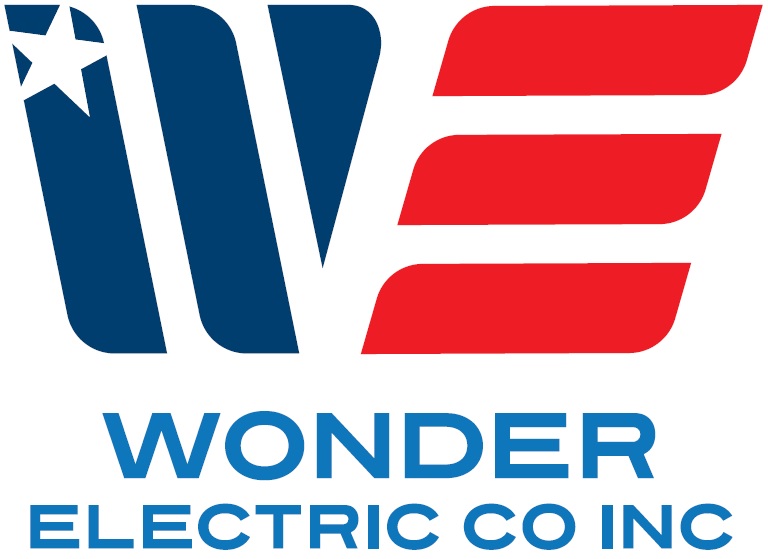In recent years, solar panels have become quite popular. Take a drive around town, and there’s a good chance you’ll spy solar panels on some roofs. Solar panels may benefit the environment, save homeowners money in the long run, and encourage self-sufficiency. How does solar power work? Read on!
The specifics of various solar panels may vary from model to model. Still, most solar panels available today operate similarly.
- The solar panel collects solar energy.
- Solar energy stimulates silicon cells, generating an electrical current.
- An inverter converts DC electricity into AC electricity.
- Electricity is distributed through a home’s electrical system. Excess electricity may be used to charge batteries or may flow into the local electricity grid.
Of course, the above process may sound simple, albeit vague, on paper. Let’s break down how solar energy works step-by-step to build a complete understanding.
The solar panel collects solar energy
As the name implies, solar panels rely on solar energy. The sun is a tremendous source of energy. Scientists estimate that somewhere around three trillion trees on earth, for example, and they depend on the sun to live and grow.
If the sun is out and shining, it will bombard solar panels, among other things, with solar energy. The panels will collect this energy.
Solar energy stimulates silicon cells
Once the sunlight hits a solar panel, it is absorbed by a silicon cell. Photons, essentially tiny units of light, then knock electrons free from atoms within the solar cell, thus generating an electrical current.
An inverter converts DC electricity into AC electricity
Silicon solar panels typically produce DC, AKA Direct Current electricity. This means the electricity only flows in one direction. Power grids use AC or alternating current. This means the electricity can flow both forward and backward. AC electricity is easier to transport across long distances, like say a power grid for a city, than DC. AC is also easier to convert into different voltages, which is useful for electronics. With solar panels, a converter will convert DC electricity into AC.
Electricity is distributed
Once electricity has been generated, it’s time to distribute the electricity. This often means sending it to electronic devices that rely on electricity to run. Electricity could also be stored in a battery until it’s needed. If the solar kit is connected to the grid, excess electricity could be sent there as well.
Batteries are especially important for solar panel systems because solar panels won’t produce electricity at night. Electricity production can also be hampered on cloudy days or rainy days. If electricity is stored in batteries, it can then be used when the solar panels aren’t producing electricity.
Solar Panels Will Power the Future
Most silicon solar panels commonly found today will operate as outlined above. New materials, technologies, and techniques may operate differently, but even then, the broad strokes may more or less be the same. Essentially, solar panels collect energy from the sun and turn it into electricity that can be used to power homes, machines, gizmos, and much more.
